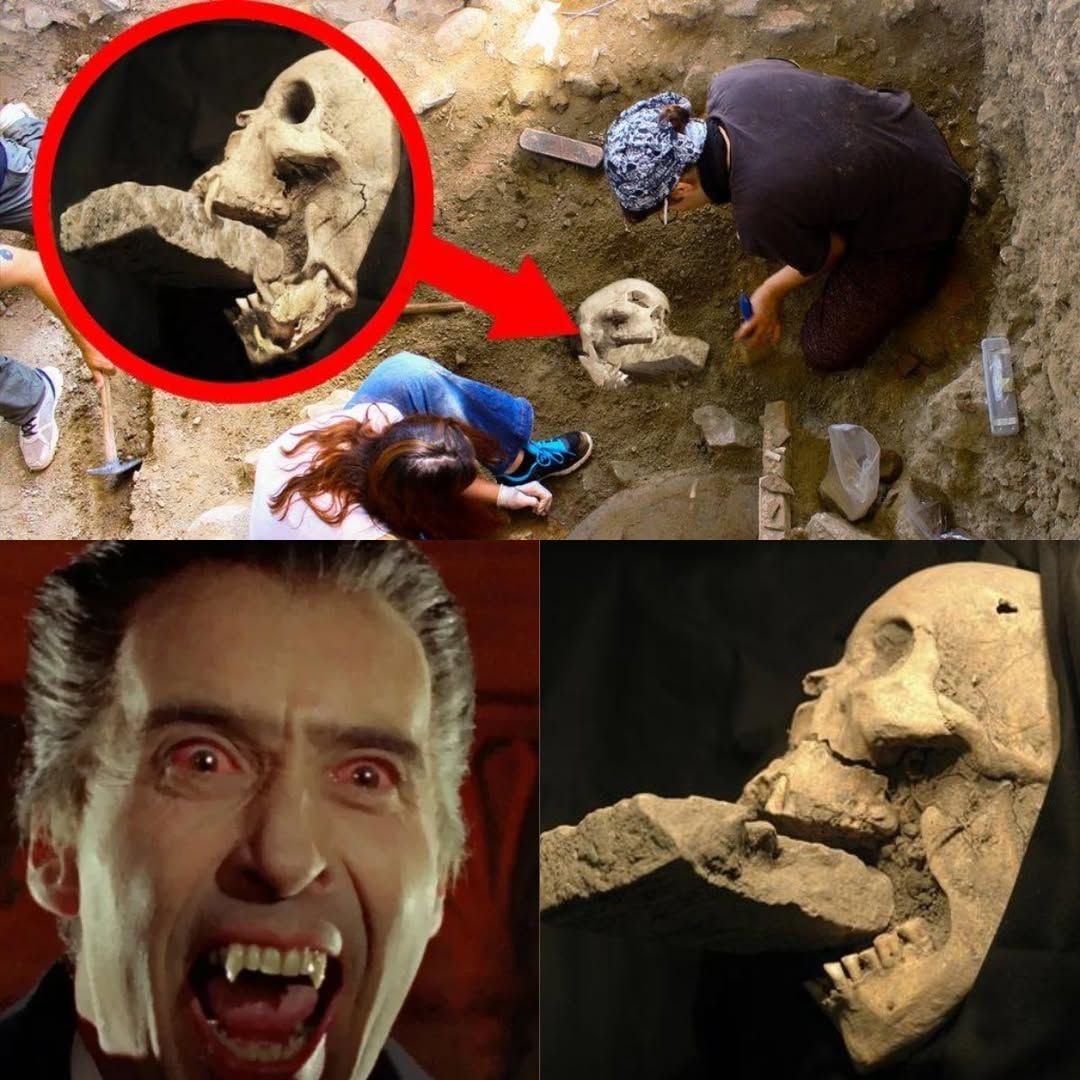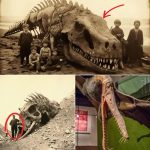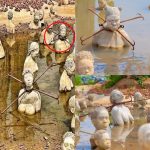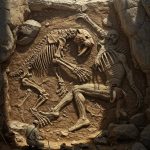Blood and Belief: Unearthing the Vampire Burials of Europe

Across the mist-shrouded landscapes of Eastern Europe, archaeologists are uncovering graves that whisper of humanity’s oldest fears — the terror of the dead who refuse to rest. Beneath medieval cemeteries from Poland to Bulgaria, skeletons lie staked, chained, or bound beneath heavy stones — physical manifestations of a belief that the body, once buried, might rise again.
These so-called “vampire burials” are not legends, but archaeological fact — haunting reminders of a time when faith and fear were indistinguishable, and when death itself was not trusted to keep its promises.
The Unearthed Horror

In 2022, excavations in Pień, Poland, revealed a woman’s skeleton pinned to the ground with a scythe blade placed across her neck and a padlock around her toe — a symbolic attempt to keep her body from walking among the living. Similar graves have been found in Sozopol, Bulgaria, and Čelákovice, Czech Republic, where the deceased were buried with stakes driven through their chests or mouths filled with bricks to prevent the consumption of blood in the afterlife.
Such practices peaked between the 14th and 18th centuries, coinciding with widespread outbreaks of plague and tuberculosis. To villagers who lacked scientific understanding, disease was not infection — it was infestation. The dead, it seemed, had returned to feed on the living.
Science Meets Superstition
Modern forensics and DNA testing have shed light on these eerie traditions. Isotopic analysis of the remains often reveals victims of epidemics, their corpses hastily buried outside consecrated ground. Postmortem bloating and the seepage of dark fluids — misunderstood as signs of movement or bleeding — likely fueled rumors of the undead.
According to Dr. Miroslava Georgieva, a cultural anthropologist studying Balkan folklore:

“Vampirism was a form of social control — a way to explain the inexplicable. In every village, someone was blamed for misfortune, and death was not an end but an accusation.”
Yet, these rituals were not acts of cruelty, but desperate protection. The stones over the chest, the spikes through the limbs — all served to anchor the body, to prevent what the living feared most: a soul that refused to stay buried.
The Myth’s Immortal Heart
What makes these discoveries so haunting is their proximity to the myths that endure today. Centuries before Bram Stoker’s Dracula, Europe already feared nocturnal predators — the strigoi of Romania, the vrykolakas of Greece, the upir of Slavic folklore. Each name, each ritual, carried echoes of real terrors: disease, decay, and the fragility of faith in the face of death.
The vampire, then, is not just a monster — it is a mirror of human anxiety, born from a world struggling to understand why the dead sometimes lingered among the living.
Where Fear Becomes Faith
As archaeologists continue to unearth these “vampire graves,” they’re piecing together not just bones, but a portrait of medieval psychology — a civilization trying to reason with mortality itself.
In the end, these graves are not monuments to monsters, but memorials to fear — and to humanity’s eternal quest to make peace with the dark.











